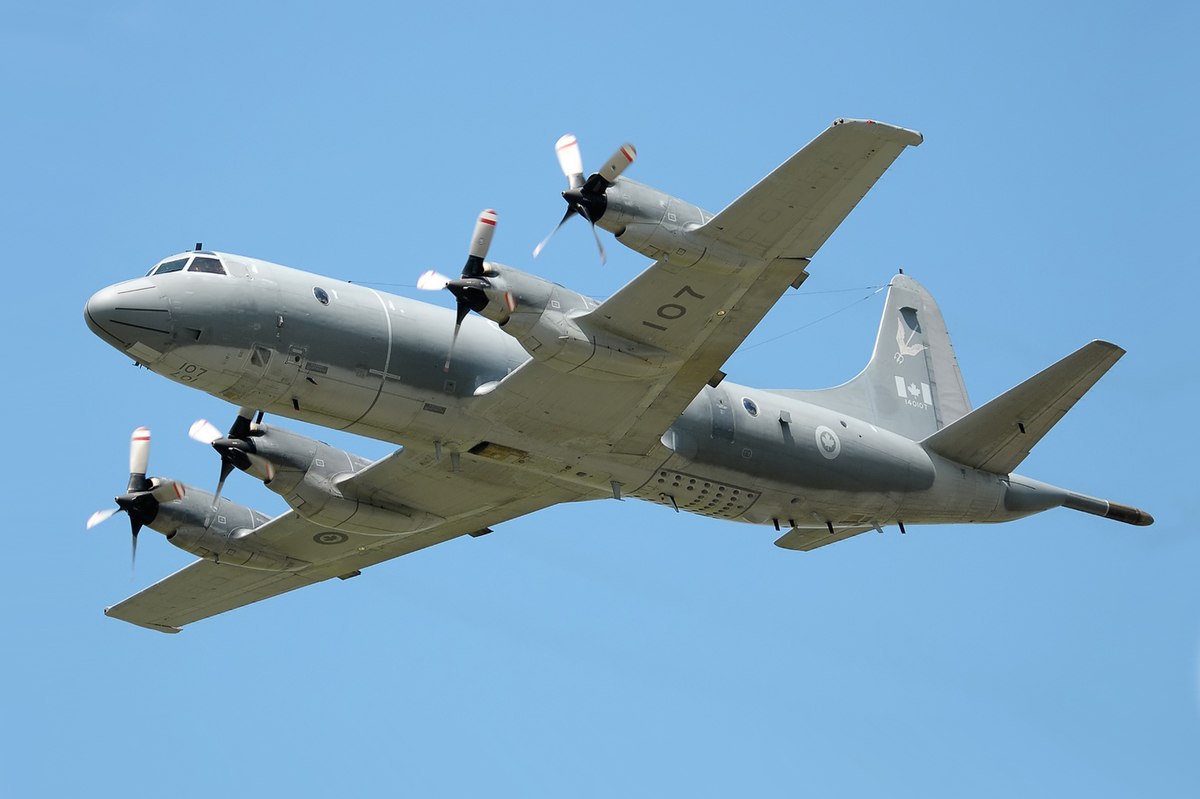PL1
Senior Member
I'm not an expert. But seeing as how delayed the CF-18 replacement was, we may need to be stuck with the F-35s. Perhaps continue to look an alternate for either a future replacement, or a side-by-side fleet (with the understanding that Canada has not had a large fighter fleet in a long time). The lead time on these purchases is so long. Who knows what the political reality will be when we receive the F-35sCarney's platform released yesterday proposes a reduction in F-35 orders and joining one of the 6th gen programs.
I am 50/50 on this because the lack of a bridge fleet (Rafales or Typhoons) could leave us quite vulnerable. But maybe that's too much detail for a political platform.
In general with these things, I always wonder about their omissions more than their commissions.






